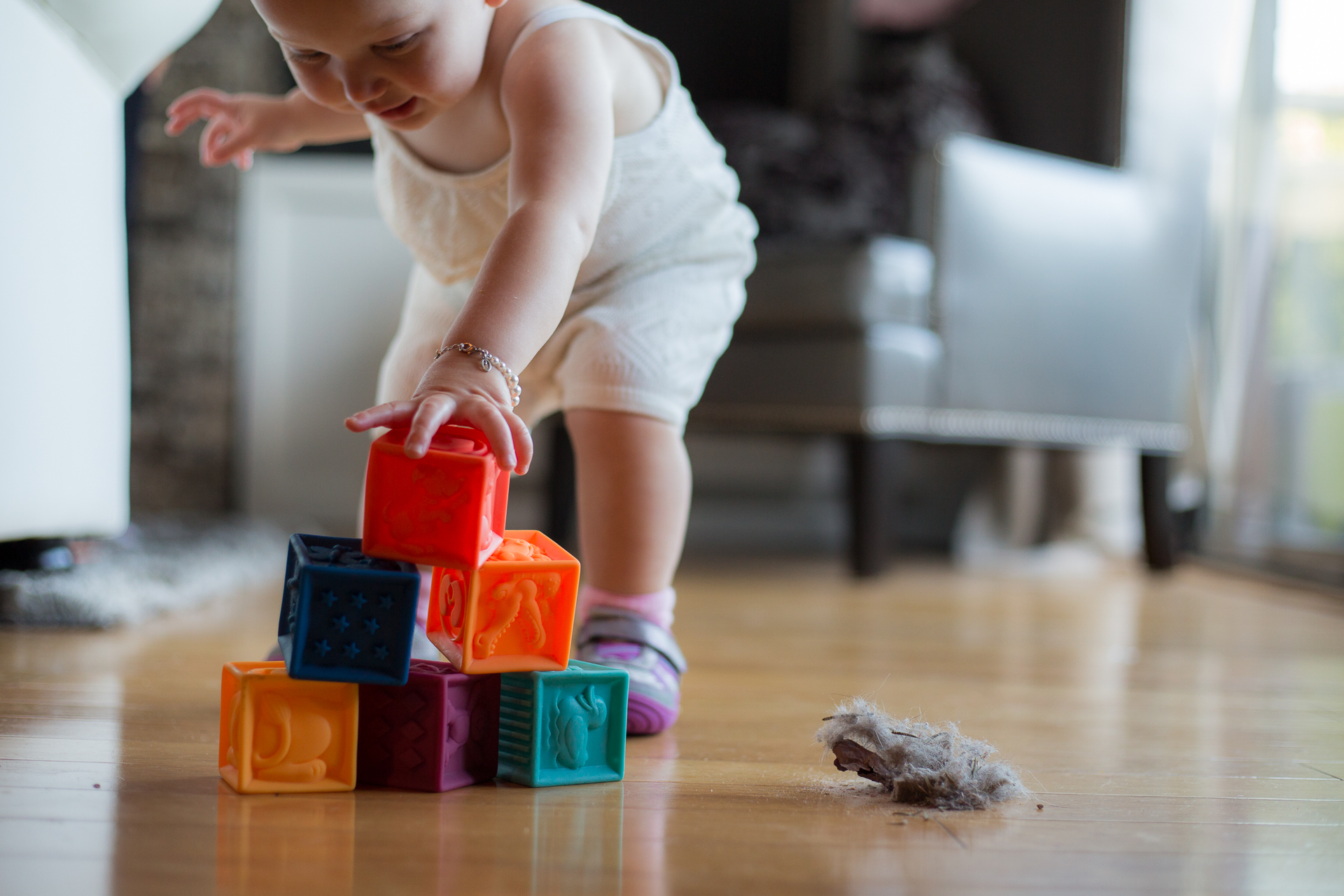A study led by researchers at the George Washington University Milken Institute of Public Health found that household dust can expose people to potentially dangerous chemicals found in everyday products.
Researchers pooled data from 26 peer-reviewed papers, one unpublished dataset and examined dust samples from homes in 14 states. They found 45 potentially toxic chemicals used in many consumer products including vinyl flooring, personal care, cleaning products and building materials.
The chemical DEHP, which belongs to a hazardous class called phthalates, topped the list. Researchers found that phthalates were found at the highest level in the samples, followed by phenols and flame retardant chemicals.
The meta-analysis, “Consumer product chemicals in indoor dust: a quantitative meta-analysis of U.S. studies,” appeared Sept. 14 in Environmental Science & Technology. This study is the first large comprehensive study in the U.S. to assess consumer product chemicals in dust and estimate potential exposure to children.
“The findings suggest that people, and especially children, are exposed on a daily basis to multiple chemicals in dust that are linked to serious health problems,” said lead study author Ami Zota, SPH assistant professor of environmental and occupational health.
Chemicals from consumer products are released into the air and find their way into dust, which settles on household items and the floor. People can inhale or ingest small particles of dust or absorb them through the skin. Because children and infants crawl or play on dusty floors and put their hands in their mouths, they are particularly at risk for exposure to the chemicals.
The study found 10 harmful chemicals are found in 90 percent of the dust samples, including the cancer-causing agent TDCIPP, which is frequently found in furniture, baby products and other household items.
Small amounts of these chemicals can have a big impact. Many of the chemicals found in dust are linked to the same health hazards including cancer or developmental and reproductive problems and could be acting together.
“The number and levels of toxic and untested chemicals that are likely in every one of our living rooms was shocking to me,” said co-author Veena Singla, staff scientist at the Natural Resources Defense Council. “Harmful chemicals used in everyday products and building materials result in widespread contamination of our homes—these dangerous chemicals should be replaced with safer alternatives.”
Consumers who want to reduce their exposure to chemicals in household dust and their surrounding environment can take steps including keeping dust levels low by using a strong vacuum with a high-efficiency filter, washing their hands frequently and avoiding household and personal products with known potentially dangerous chemicals.
The analysis also included researchers from Harvard University, University of California–San Francisco and the Silent Spring Institute. The study was funded by the Natural Resources Defense Council, the National Institute of Environmental Health Sciences and the U.S. Department of Housing and Urban Development.


